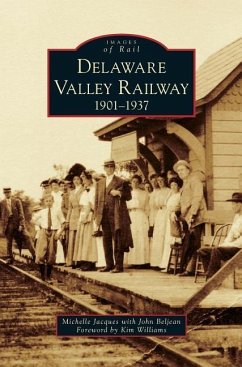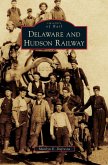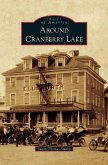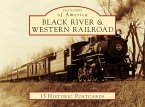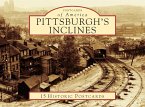From 1901 to 1937, the lone engine of the Delaware Valley Railway chugged up and down its solitary track, from the Stroudsburgs to Bushkill. It was a time of heady prospects as the resorts of the Delaware Water Gap pushed north up the valley. Modest farmhouses became vacation boardinghouses, and some then blossomed into grand hotels. The railway brought in vacationers by the carload, but it was not just about tourism. The dinkey hauled in coal for winter heat and hauled out lumber, dairy, and farm produce that kept the farmers in cash. Farm children commuted to town to earn their high school degrees. For more than a generation, the dinkey's whistle blowing over the valley linked its people and places.
Hinweis: Dieser Artikel kann nur an eine deutsche Lieferadresse ausgeliefert werden.
Hinweis: Dieser Artikel kann nur an eine deutsche Lieferadresse ausgeliefert werden.

